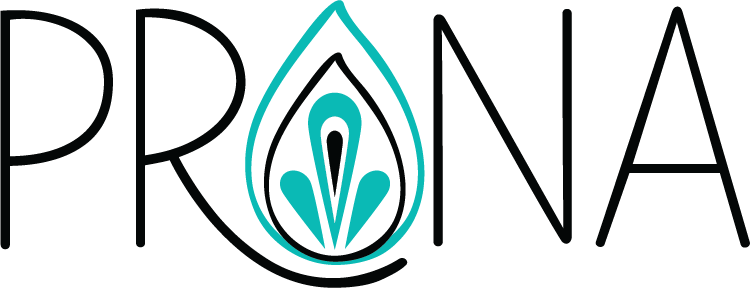The Language of Connection
This week you may have noticed that we changed our Facebook cover photo to include the phrase “Uniting the World Through Dance”. While there are many ways we can interpret this (dancing together, costumes, music, etc.) today I wanted to explore it through one of my favorite topics…technique.
How does technique unite us globally?
Well, how do we normally communicate with someone from another country or culture? Through language. One or both of us need to speak the other person’s language. FCBD® Style IS another language. It’s like Esperanto, but even better…we dance it!
After a fun geek out session with my friend, Julia Stoiber, she got me thinking more about the language aspect and similarities of our dance.
When we learn a language, we learn how to pronounce words, put them together to create sentences and ultimately how to add emotion, tempo and accent words based on the situation. Learning how to shape our lips, where to place our tongue and how much force to put on our vocal chords allows us to create a word that someone who has learned the same pronunciation can understand.
Even though we learn the same pronunciation, it expresses (sounds) differently because of the differences we physically have within our vocal chords. The length and tension of your vocal chord muscles determines the pitch of your voice. Just like the shape, length and tension of your various anatomy determines the expression of your movements.
We’re all learning how to technically execute the pronunciation, then allowing the differences in our voices to come through simply due to the way we are built.
Just like our vocal chords, we can learn to condition our muscles to find more expression within our own structure (hello my singing friends).
The closer we all are to the original pronunciation, the easier it is for us to understand each other.
Accents make words a little more challenging to understand until you are used to them, but ultimately you can understand and communicate.
Dialects are even more challenging, but can usually be picked up because they are similar enough to the original pronunciation. It just takes a little more practice.
Brand new words or words only spoken in some parts of a country have to be taught and integrated. Sometimes this can take years. Personally, I've learned a lot of new English words thanks to moving to the west coast and also having so many friends in the UK.
In dance, learning how to pronounce words is equivalent to learning the movements. We all learn how to physically execute the movements. Where to “place our lips and tongue” if you will. The pitch, tone, and accents are simply due to expressing them within an existing structure based on how our life experience has shaped us physically.
When we change our voice to try to sound like someone else, it can feel awkward and doesn’t come across as authentic. When we allow ourselves to pronounce the words as we learned them and through our own voice…we can feel clear and confident because we are simply being ourselves and not adding the pressure of trying to sound like someone else.
Anyone who has tried to sing in the shower like Adele understands this. Will I ever sound like her? Even with training, conditioning my voice and lots of practice...HER voice is uniquely hers because she is physically different and has different life experiences.
With proper training my voice will get better, more clear, more range, etc. But it will still be uniquely mine. With enough training, maybe I'd even like my voice better than Adele's?
This is why I love teaching technique and anatomy. Classes teach dancers the correct pronunciation so we can all clearly and confidently communicate, but I also love for students to understand WHY their “voice” sounds different from someone else and ultimately embrace how beautiful that natural diversity is. Not because they are trying to be different or trying to sound like someone else, but because their own unique and natural expression.
Just like singing and voice lessons, you can work to train your muscles, get more length, volume, endurance. But we aren’t training to sound like anyone else…we simply want our voice to sound the best it can so we can clearly communicate and express our intentions.
Working on technique allows us to feel confident with our own voice, to more easily communicate clearly and effectively. It allows us to have conversations with others that speak the same language and experience the beauty in our diverse, natural voices. Ultimately combining them into a beautiful song together.
